Are you looking to optimize your website's performance but unsure if VWO is the right choice? You're in luck! We've compiled...

NPS Detractors: Turning Negative Feedback into Positive Outcomes
As a website owner, providing the best possible experience for your customers should be your top priority. It means offering excellent products or services and ensuring your customers' satisfaction with your business.
One of the most effective ways to gauge customer satisfaction is via the Net Promoter Score (NPS), a metric used to measure customer loyalty.
However, not all customers will give you high scores; some may become NPS detractors. Therefore, it's essential to know how to turn their negative feedback into positive outcomes.
In this blog post, we'll discuss who NPS detractors are, why they are essential, and how to address their complaints effectively.
We will also show you how to use FullSession to get customer feedback using our customer feedback tools and analyze data-rich customer feedback report to increase the number of happy customers.
You can start a 14-day free trial to assess all features while reading this article. Let’s start with some basic information.
What is Net Promoter Score?
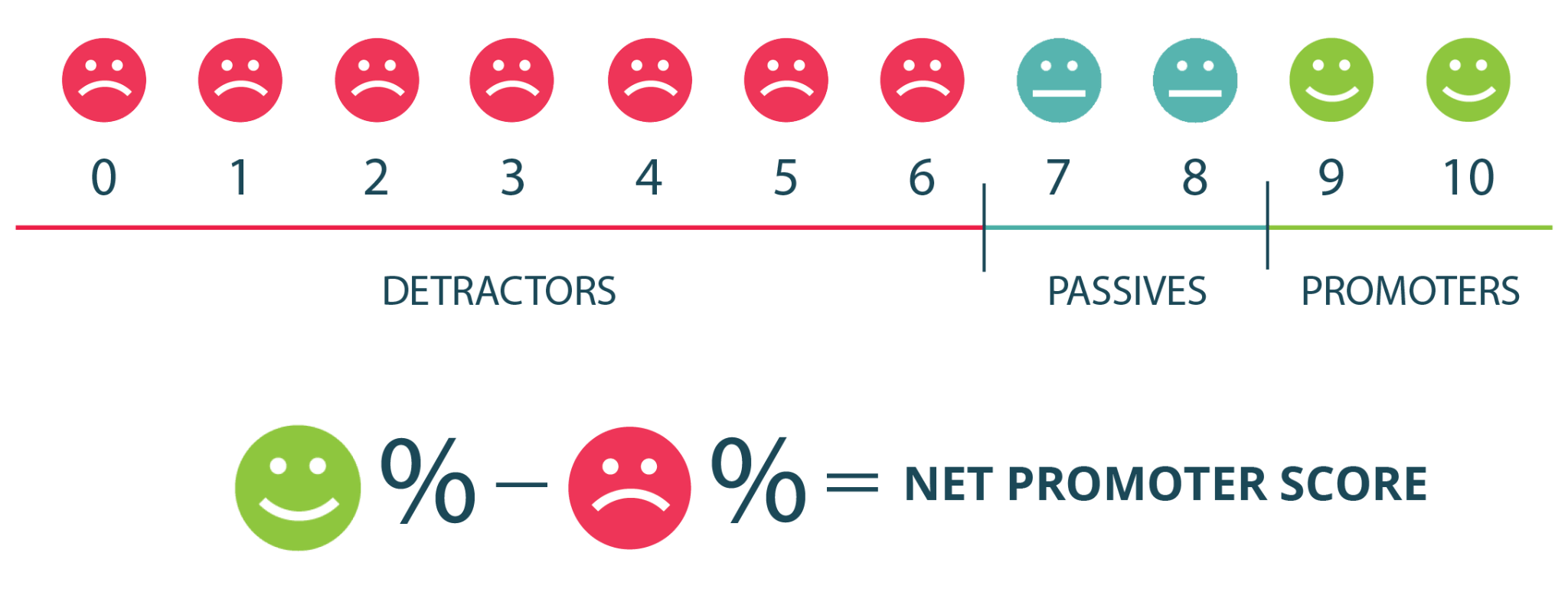
Image source: TeamSupport
NPS scores help you measure customer loyalty and predict the probability of a customer recommending your business to others.
Customers can rate their likelihood of recommending your product or service on a scale of 0 to 10. Based on their scores, you can segment users into three groups:
- Promoters (9-10)
- Passives (7-8)
- Detractors (0-6)
You can calculate the NPS score by deducting the percentage of detractors from the share of promoters.
Why is NPS important?
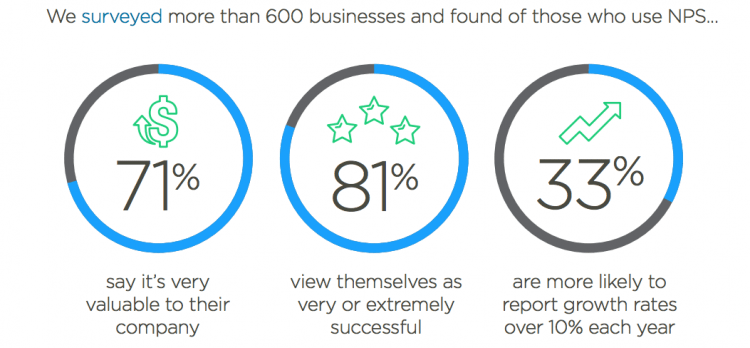
Image source: SurveyMonkey
A high NPS score suggests that your customers are satisfied with your products or services, which can translate into increased customer retention, loyalty, and referrals.
Furthermore, NPS can help you pinpoint improvement areas to meet customer expectations and drive business growth.
Who are NPS detractors?
NPS detractors are dissatisfied customers who rate your product or service between 0-6 on the NPS scale.
They are unlikely to recommend your product or service to others and may provide negative feedback about their customer experience to your existing customers, ruining your reputation.
Why do users become NPS detractors?

Image source: Freepik
There are many reasons why customers become NPS detractors. Let's discuss the most critical ones.
Poor product or service quality
Customers anticipate high-quality products or services that cater to their requirements. If your product or service fails to fulfill their expectations, they will likely become NPS detractors.
Broken promises
When you promise your customers and do not deliver as expected, they will likely be disappointed and become detractors.
For instance, if you assure them of product delivery within a specific time frame and fail to meet the deadline, customers may lose trust in your brand.
Unresponsive customer service and unresolved issues
Customers expect swift and satisfactory resolutions to their issues or complaints from your customer service team.
Customers may become detractors if your customer service team is unresponsive or unable to resolve problems.
Difficulties with the website or app navigation
Unhappy customers encountering website issues may become even more frustrated and assign you a low NPS score.
It can occur if your website or app is not user-friendly, has confusing navigation, or contains broken links.
Negative word of mouth or reviews
Negative word-of-mouth or reviews can significantly impact your NPS score.
If customers come across negative feedback about your product or service, they may hesitate to recommend it to others.
Competitive offerings
When customers find better alternatives, they may switch to a competitor's product or service, leading to revenue loss for your company.
It is crucial to continually monitor competitors' offerings, pricing, and customer feedback.
Doing so can help you identify gaps in your product or service and improve to prevent customer churn.
Changes in customer needs or preferences
Customer needs and preferences are continuously evolving. What was once popular or relevant may not be the case anymore.
If you fail to adapt to changing customer needs, you risk losing customers to competitors more responsive to their requirements.
Poor timing or relevance of marketing efforts
Poorly timed or irrelevant marketing efforts can harm customer satisfaction.
For instance, customers may feel annoyed or frustrated if they receive a promotional email for a product they have already purchased.
It can lead to negative feedback and ultimately impact customer loyalty.
Technical difficulties or glitches
Technical difficulties or glitches can frustrate customers and quickly turn them into detractors.
For example, a customer who encounters an error message while trying to purchase on your website may abandon their cart and look for an alternative.
Pricing and value disparities
If a customer feels that the value they receive from your product or service does not align with the price they are paying, they may be more likely to leave negative feedback or give a low NPS score.
Let's discuss why addressing unhappy customers' complaints benefits your business.
What are the benefits of addressing NPS detractors’ feedback

Image source: Freepik
Although it may appear counterintuitive to prioritize negative feedback from NPS surveys, addressing the concerns of disgruntled customers can bring several essential benefits to your business.
Here are some of the main advantages.
Increased customer satisfaction
Addressing the concerns of unsatisfied customers demonstrates your commitment to improving your products and services to meet their demands.
It can increase customer satisfaction and create a more favorable impression of your brand.
Improved customer loyalty
Customers who feel their objections have been attended to and resolved tend to stay loyal to your brand.
Improving their experience can build stronger customer relationships during the customer journey.
Higher retention rates
If customers are content with the quality of your products and services, they are more inclined to continue doing business with you.
Resolving the issues of NPS detractors can assist in boosting product adoption, lowering churn and enhancing retention rates.
Increased referrals
Satisfied customers can recommend your brand to others, and by improving the experience of NPS detractors, you can turn them into brand advocates who will help to promote your products and services through word-of-mouth.
Improved brand reputation
You can improve your brand's reputation by addressing negative feedback constructively and proactively.
You demonstrate your commitment to providing excellent customer service and improving your products and services, which can build a more positive image in the minds of your customers and the wider public.
These benefits don’t come without the challenges of Net Promoter Score surveys. Let’s discuss the most common ones.
What are common challenges with identifying NPS detractors

Image source: Freepik
Identifying NPS detractors can be challenging, and several obstacles regarding customer surveys can hinder this process. Let’s explain the most important ones.
Low response rates
One of the main challenges with the NPS survey is the low response rate, making it difficult to understand customer sentiment accurately if a significant portion of customers does not respond.
Limited feedback detail
Since NPS surveys are typically short, customers can't provide detailed feedback on what drives their detractor score.
This lack of specificity can make it challenging to address the root causes of customer dissatisfaction and make meaningful improvements to products and services.
Customer segmentation challenges

Image source: Freepik
Segmenting customers into different groups based on their feedback can be hard if multiple factors drive detractor scores.
It may require more in-depth customer feedback and data analysis to identify patterns and trends accurately.
Difficulty measuring customer feedback across multiple channels
Many companies receive feedback across multiple channels, such as websites, email, phone, social media, and online reviews. It can be hard to get a holistic view of customer sentiment.
Incomplete or inaccurate data
If the data is inaccurate or unreliable, it may lead to incorrect assumptions about customer perception, resulting in ineffective solutions or misinformed decisions.
Inconsistent or inefficient feedback processes

Image source: Freepik
If the feedback process is not standardized, it can be challenging to collect, analyze, and act on customer feedback consistently.
It can result in delays in managing customer concerns, leading to a further decline in customer satisfaction.
Limited resources or budget
Implementing effective strategies to address feedback and improve the customer experience can be costly and time-consuming. Companies with limited resources may struggle to allocate sufficient budget or personnel to address these issues effectively.
How to identify unhappy customers with FullSession
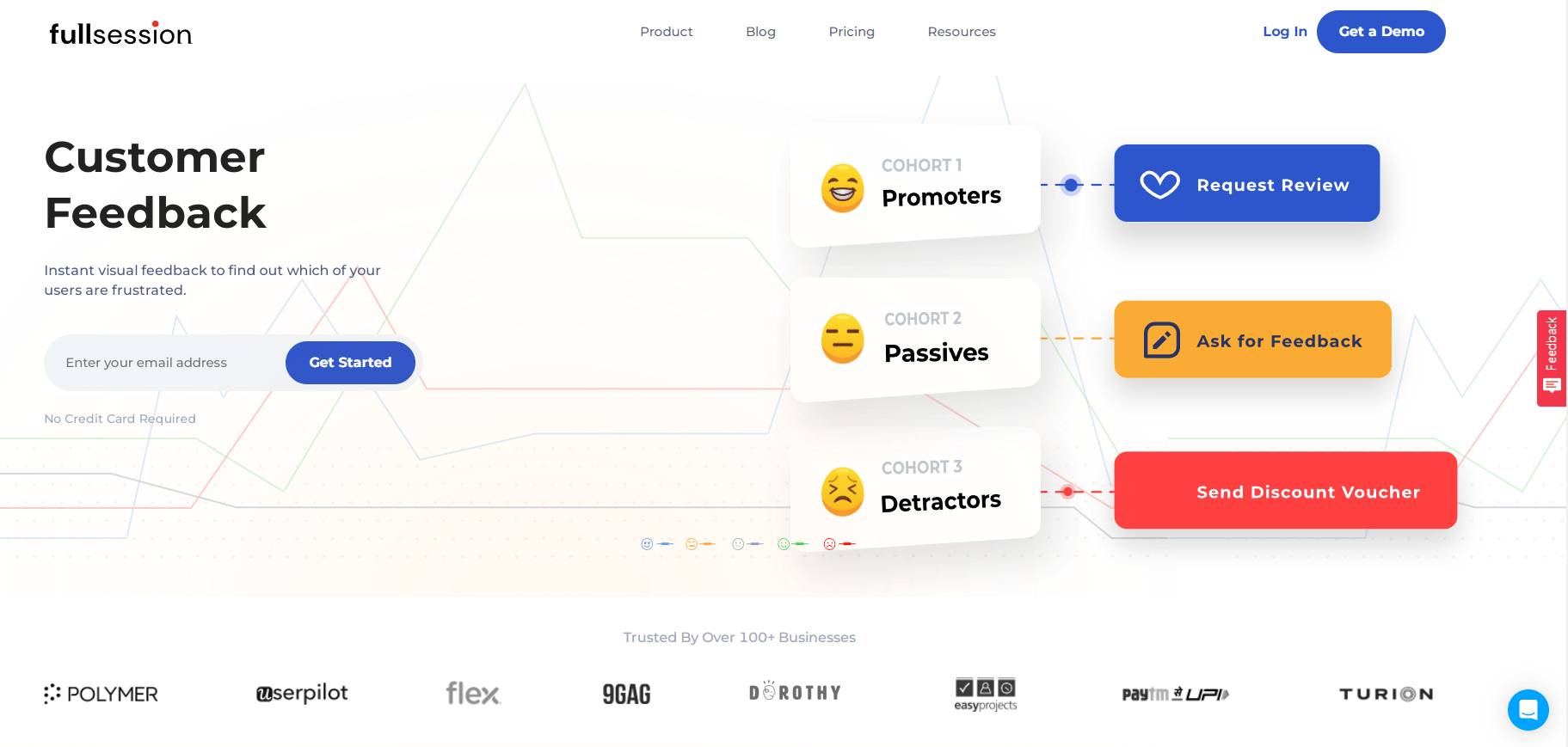
FullSession is the ultimate customer experience platform. Our comprehensive suite of tools offers valuable insights into customer behavior, allowing you to understand their needs, improve their overall experience and turn detractors into promoters.
We provide you with the following features:
- Website visitor tracking
- Customer journey tracking
- Session recording and replay tools
- Click tracking
- Website heatmap tools
- CRO tools
- NPS software
- Form analysis
- In-depth product metrics
- Customer experience analysis
These are just some of our features. Start your free trial to see FullSession in action.
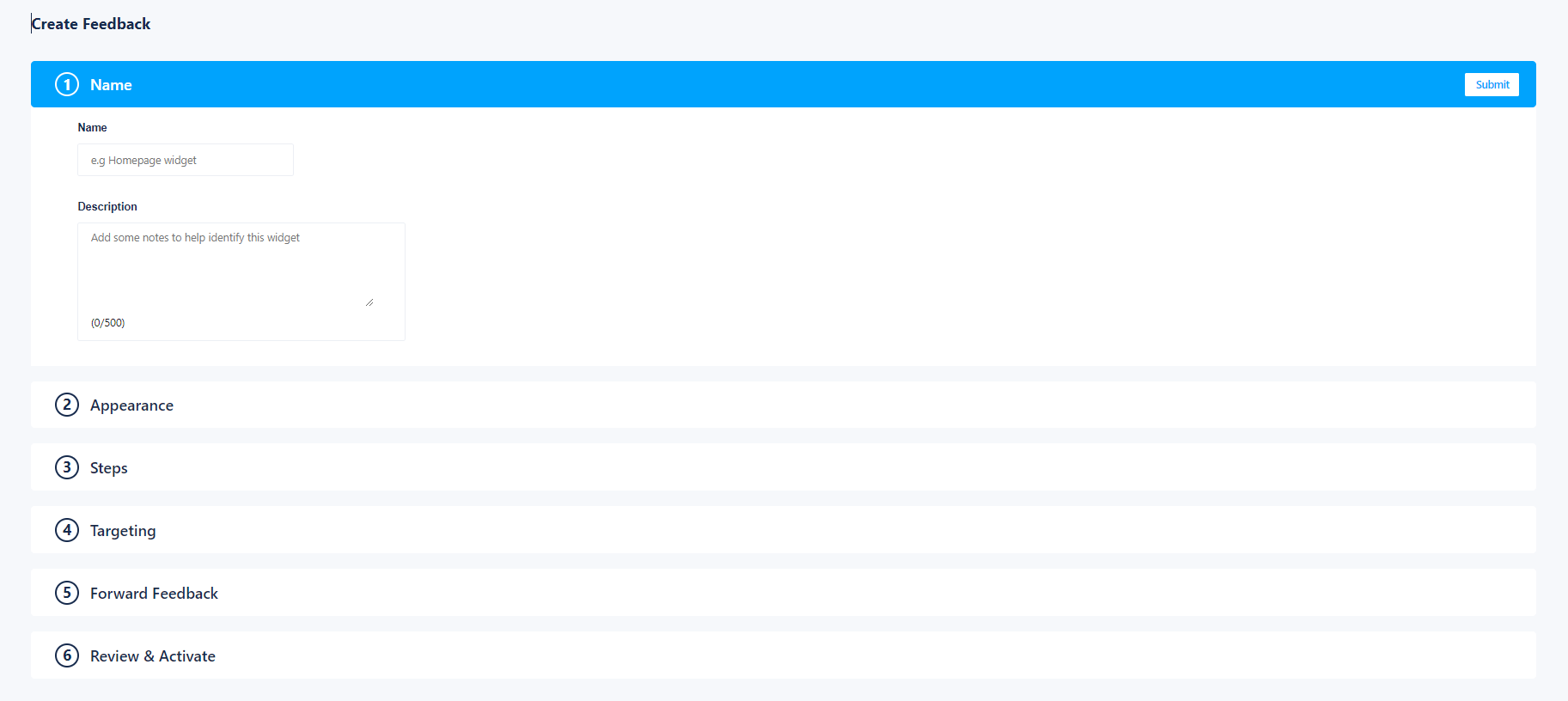
With FullSession, you can eliminate guesswork and directly gather user feedback using our website feedback form.
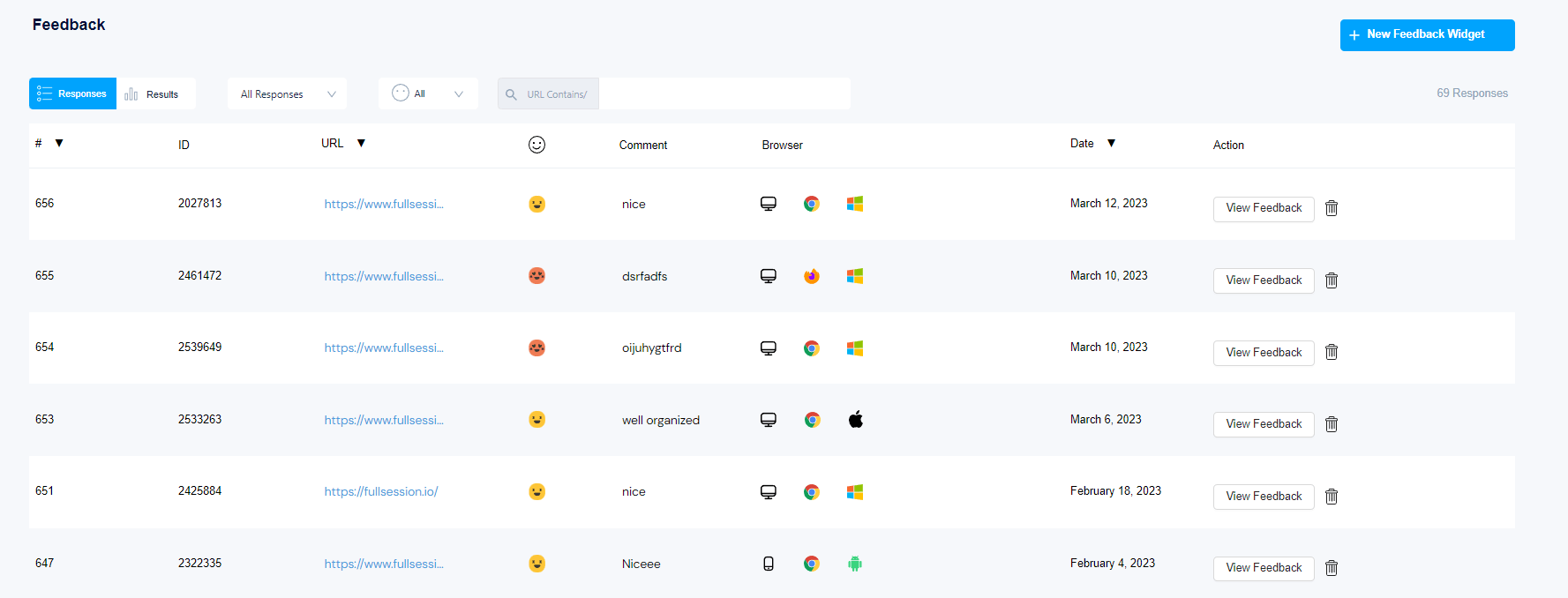
Our software collects all user responses in one centralized location, enabling you to quickly identify frustrated customers and the underlying causes of their dissatisfaction.
Addressing these issues can turn dissatisfied users into loyal customers and improve the overall customer experience.
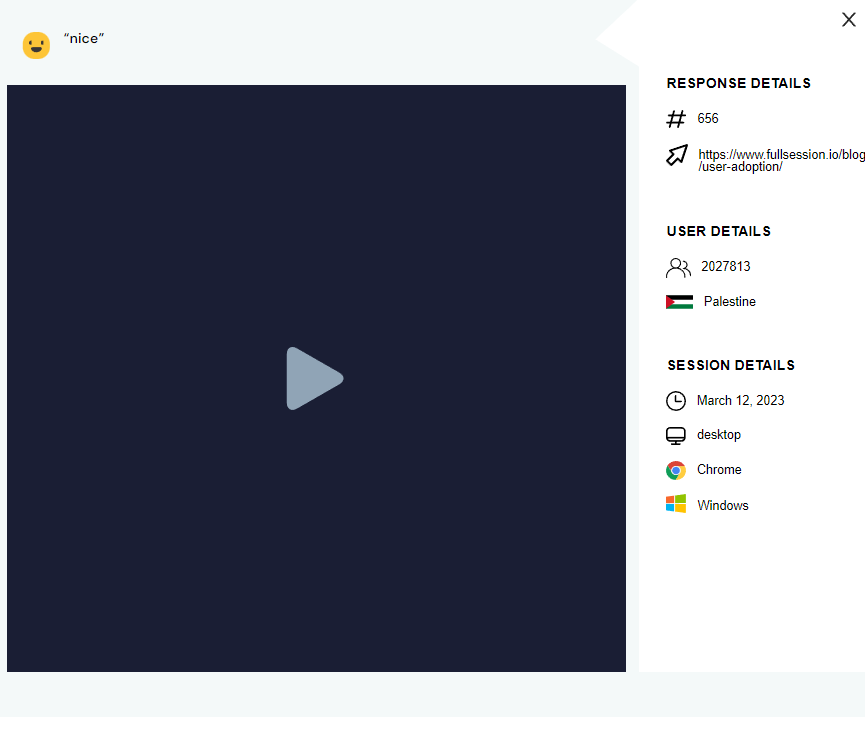
FullSession allows you to evaluate session recordings and replays, analyze user behavior, and explore how customers interact with your site or app.
Each customer feedback is connected with a specific session replay, providing additional context behind their comments.
Additionally, you can assess click maps, scroll maps, and mouse maps to gain insights into how users navigate your site or app and explore all issues they might encounter.
This feature allows you to optimize your product to enhance user satisfaction and drive growth for your business.
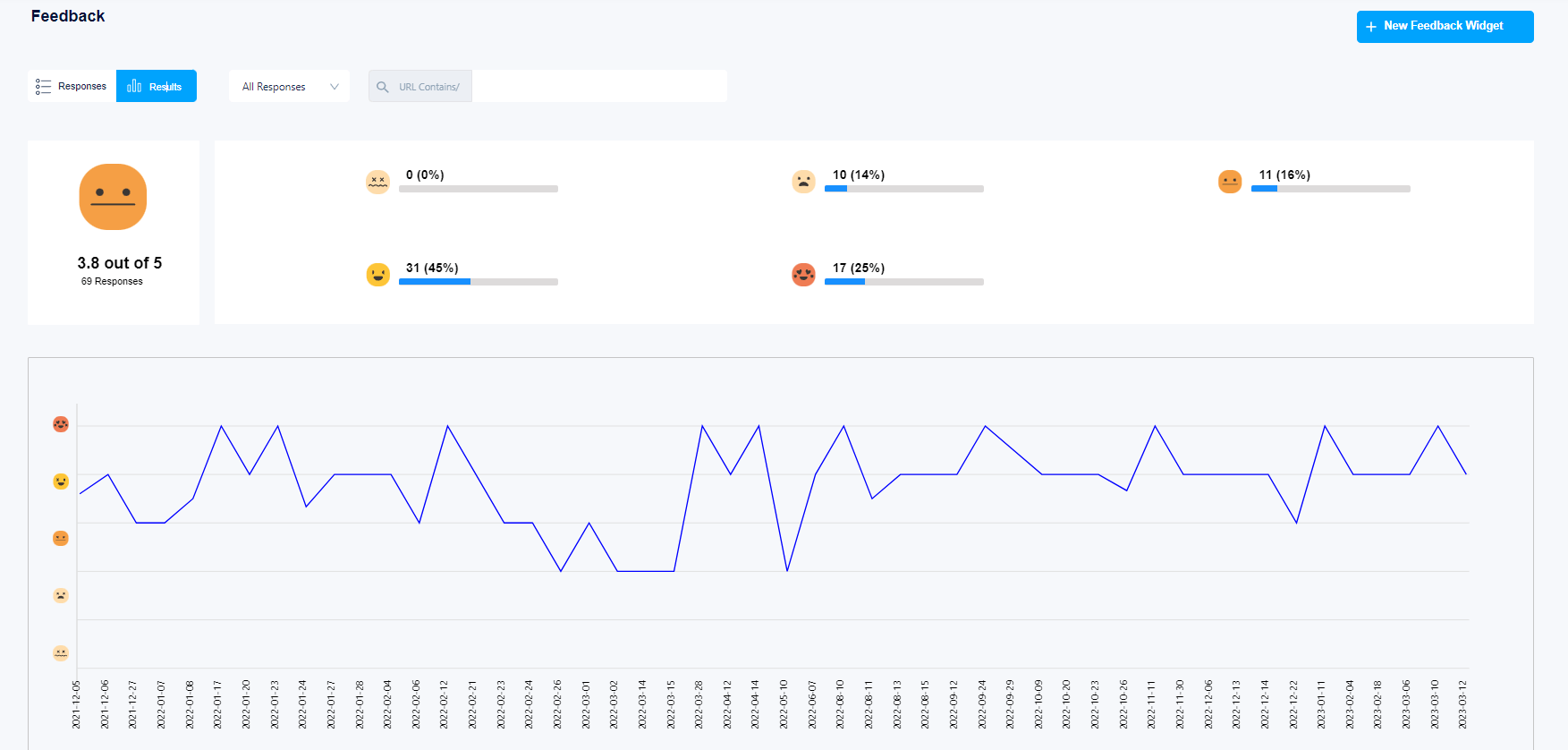
Our user feedback categorization system distinguishes between promoters, passives, and detractors, providing actionable insights into what works well and requires improvement and helping you close the customer feedback loop faster.
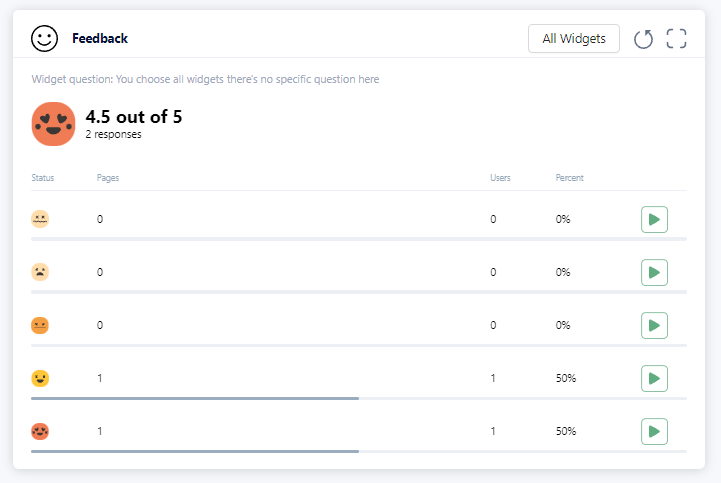
With our user sentiment measurement feature, you can clearly understand how your customers feel about your product.
You can target feedback based on specific pages or devices, track conversion events and evaluate how they contribute to achieving your goals.
If you want to enhance your customer experience and take your product to the next level, FullSession is the platform you need.
Sign up today to turn NPS detractors into brand ambassadors.
What metrics to track to understand customer feedback

Image source: Freepik
You can use several metrics for effective feedback analysis, including
- Net Promoter Score (NPS) for measuring the likelihood of customer recommendations
- Customer Satisfaction Score (CSAT) for measuring satisfaction
- Customer Effort Score (CES) for measuring task completion ease
- Customer Retention Rate (CRR) for measuring customer loyalty
- Churn Rate for measuring customer dissatisfaction
- Customer Lifetime Value (CLV) for identifying high-value customers
Tracking these metrics can help you better understand customer preferences and improve your products and services.
Best strategies for increasing customer satisfaction

Image source: Freepik
To increase customer satisfaction, you can implement several strategies, including:
- Personalizing responses to make customers feel valued and understood
- Showing empathy towards customers by acknowledging their feelings and concerns
- Resolving issues promptly and efficiently to prevent customer dissatisfaction
- Providing customers with clear and actionable steps to solve problems faster
- Offering compensation or discounts to customers who have experienced issues
- Addressing website issues such as slow loading times or broken links to improve the customer experience
- Following up with customers to ensure their issues have been resolved and providing a solution to close the loop.
Whatever you decide to do, putting customers at the heart of your actions will keep them happy in the long run and reduce the number of NPS detractors.
NPS detractors: Wrapping up
Understanding and addressing the concerns of NPS detractors is crucial for any business looking to improve its overall customer satisfaction and loyalty.
With FullSession, you'll get access to powerful software that can help identify and address the pain points of detractors, ultimately leading to improved customer retention and increased revenue.
By leveraging our advanced features, you can gain valuable insights into customer behavior and preferences, allowing you to make data-driven decisions that drive long-term growth and success.
With FullSession, you can proactively build a loyal customer base and improve your bottom line.
Start a free trial and unlock all features for two weeks.




